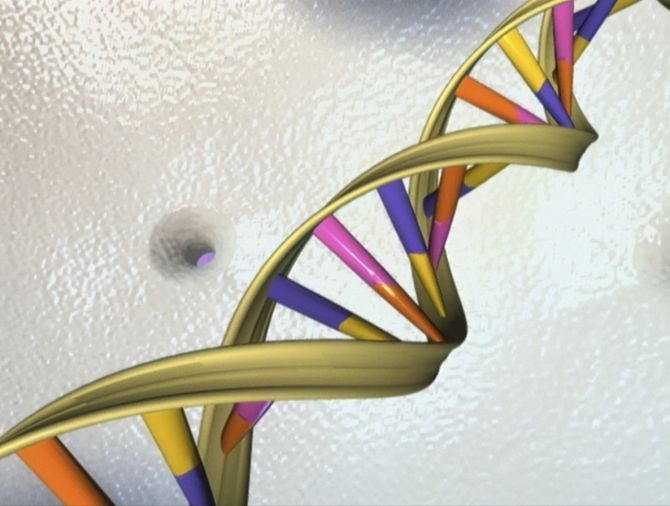Researchers Create 'Google Maps' for Human Genome

Researchers have put out a staggering amount of data on the human genome today. Published in 30 journals including Nature, Science, and The Journal of Biological Chemistry, the new information is the result of a $196-million international study dubbed the Encyclopedia of DNA Elements, or ENCODE. The research is being heralded as possibly the most important genetic discovery since the sequencing of the human genome ten years ago.
A decade ago, when the human genome was sequenced, it was huge news - and rightfully so. But researchers were careful to note that they had no idea what the majority of the genome did. Only 1 to 2 percent of the genome carries instructions for making proteins. The rest of the genome was called "junk DNA", because scientists did not know what they did.
In the recent data, researchers were able to find the purpose of 80 percent of the genome, revealing the most complicated control system this side of NASA. In fact, they found the purpose of 4 million genes. Their findings explain why genome sequencing has found genes that mean that the person should have a disease, and they do not: a number of these genes act as switches, serving as regulatory functions for proteins. If the switches turn off a faulty gene, they believe that it will not be expressed, or will be expressed minimally. These genes are incredibly important, because every cell in our body carries our entire genetic blueprint. To adopt its identity - a lock of hair, a liver cell - only a small section of our genes is activated.
In addition to the regulatory genes, researchers also found fossil genes, pseudogenes, and dead genes, which look like protein-coding genes but function differently.
They also found that regulatory genes could hold the key to many different diseases. For example, rheumatoid arthritis, lupus, type 1 diabetes and other autoimmune diseases all share the same regulatory activity. That indicates that a single drug could target those seemingly unrelated diseases. Seventeen forms of cancer, also, have the same transcription errors in the genome.
And, even more complicated, genes can receive instruction from dozens of switches, some of which are nowhere near the gene that they control. But scientists are undeterred. Though the task of completely understanding the human genome is daunting, researchers say that it is "knowable."
Published by Medicaldaily.com



























